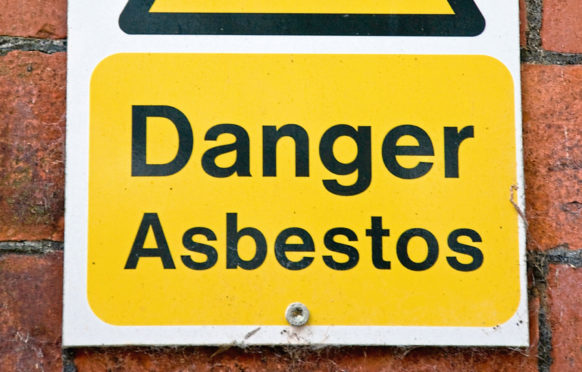
Asbestos has left a legacy for women working in professions such as teaching, nursing and cleaning, 20 years after the substance was banned, a study suggests.
Research by law firm Thompsons found that women account for around one in every six mesothelioma-related deaths in Britain.
The report said women were direct victims of asbestos-related disease as well as the grieving as widows, sisters, daughters and friends of men who have died.
Men are typically considered to be more at risk of developing the disease as exposure often took place in male-dominated industries such as manufacturing, construction, shipbuilding and other heavy industry.
Of the 2,526 mesothelioma deaths recorded in Britain in 2017, a total of 439 were women, said Thompsons Solicitors.
Its study found the disease was particularly prevalent in certain professions, including administrative occupations, cleaners, sales assistants, care workers and home carers, primary and nursery education professionals, nursing and midwifery.
Helen Tomlin, of Thompsons, said: “It is a common misconception that asbestos diseases only affect men who worked in factories or industry.”
Legislation was implemented in 1999 to ban the use and import of asbestos in the UK.
Ms Tomlin added: “Despite being banned for two decades, asbestos is still present in many public buildings such as council offices, schools, hospitals and libraries.”

Enjoy the convenience of having The Sunday Post delivered as a digital ePaper straight to your smartphone, tablet or computer.
Subscribe for only £5.49 a month and enjoy all the benefits of the printed paper as a digital replica.
Subscribe